This blog covers the last week of January, the first trip to Welney WWT being a failure.
Weather forecast mainly sunny - how wrong can they be - about an hour of sun and heavy cloud. I really went to see the Tundra Bean Geese. 9 had been reported in front of the obsevatory every day for the previous couple of weeks or so. Well not this day.
During the 1 hour of sun, a female Marsh Harrier gave decent views.
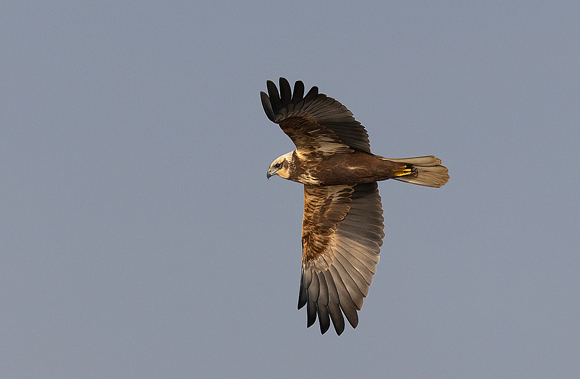
And that was it so I returned a week later on 28th to have another try. Success this time as the Tundra bean Geeses were ther although rather more distant than I had hoped for. Needs must so it was the 500 lens, 2x converter and the 1.6 camera crop on the R5 and even then some quite heavy cropping but, overall, they were the best photos I have ever taken of these Geese so a reasonable success.
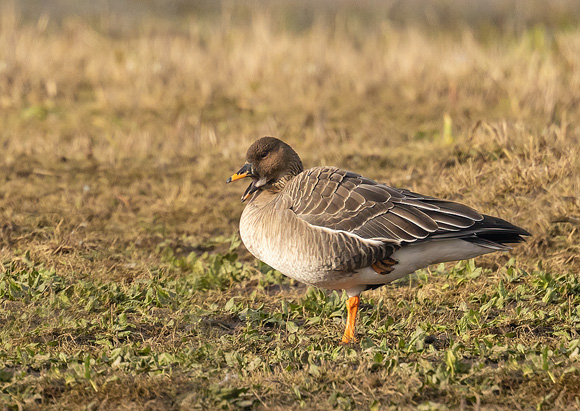
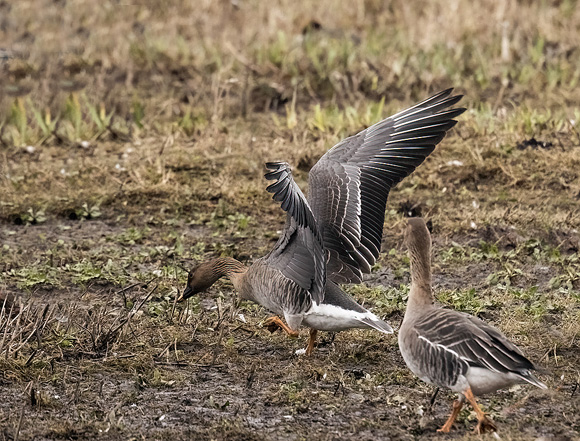
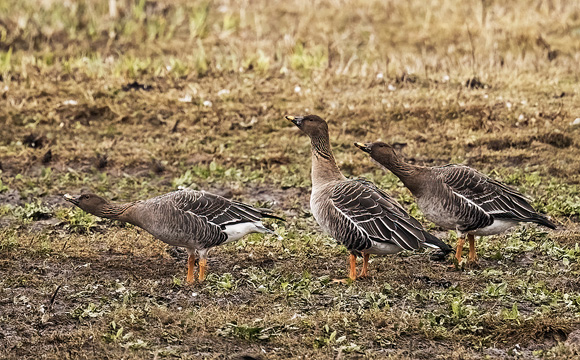
Pochard were predominant and, although I already have plenty of photos, I couldn't resist taking some more, concentrating on flight shots.
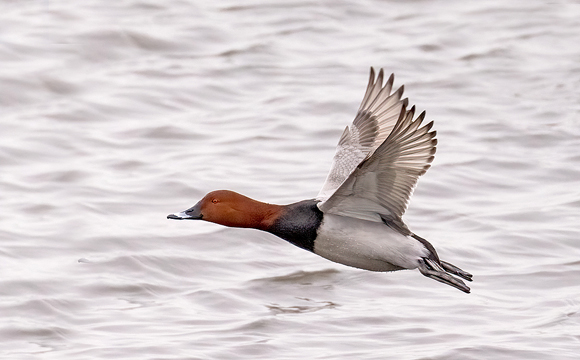
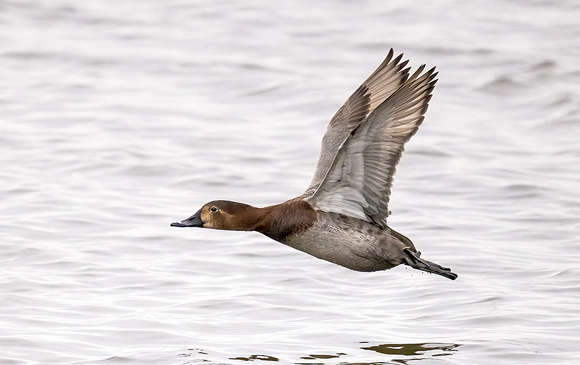

And, to round off the session, a Great White Egret flew in.
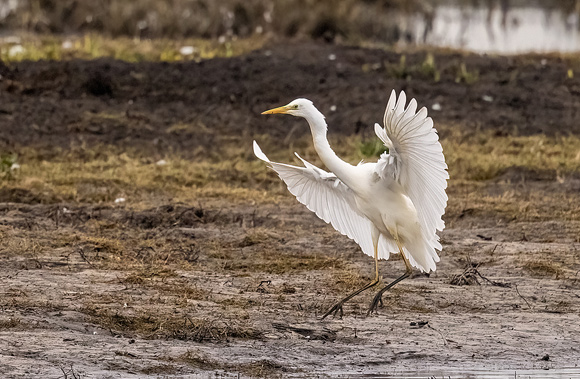
With a couple of hours to spend after lunch and a nice sunny day, on the last day of January, I visited Dernford Reservoir again. It started off well with a Red Kite

a fly-by Little Egret
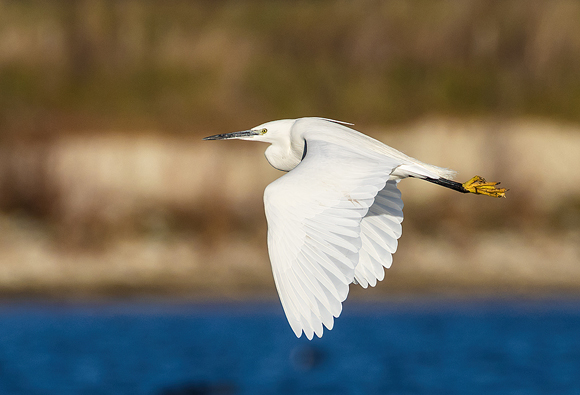
a pair of juvenile Mute Swans flew in
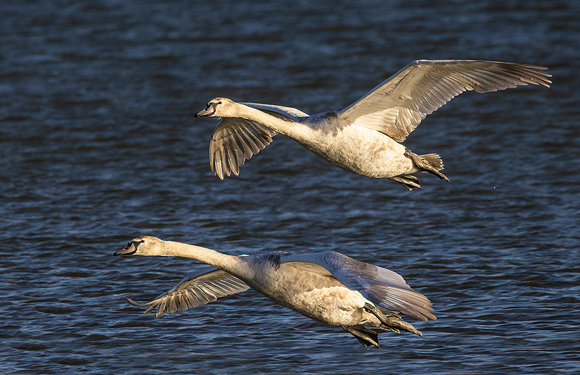
and, among the gulls, a Lesser Black-backed showed well.
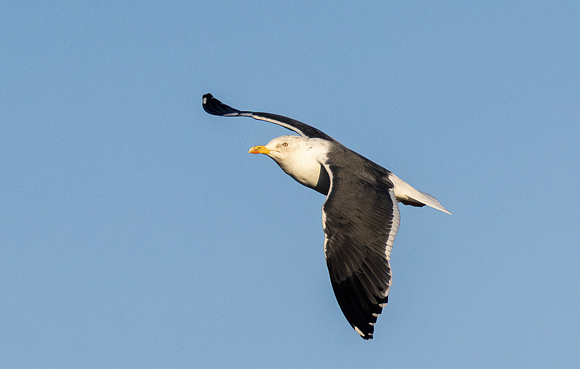
But the stars of the show, for me were a pair of Goosanders, normally very wary but this time quite approachable.


and thanks to the fast focussing of the R5, a fly-by male Goosander.

At last, I feel that I am mastering the Canon R5 camera. With it set up to suit me, I prefer the EF 100-400 lens with either the 1.4 or 2x converters and often with the 1.6 in camera crop. I am much more mobile with the much lighter weight of the smaller lens than my usual 500 f4 lens and no need to carry a tripod. Backed up by Topaz Denoise and Sharpen for editing, I have a much higher proportion of keeper shots which has it's own problems because editing now takes much longer but that is a small price to pay.
Overall, I am delighted with the results.
